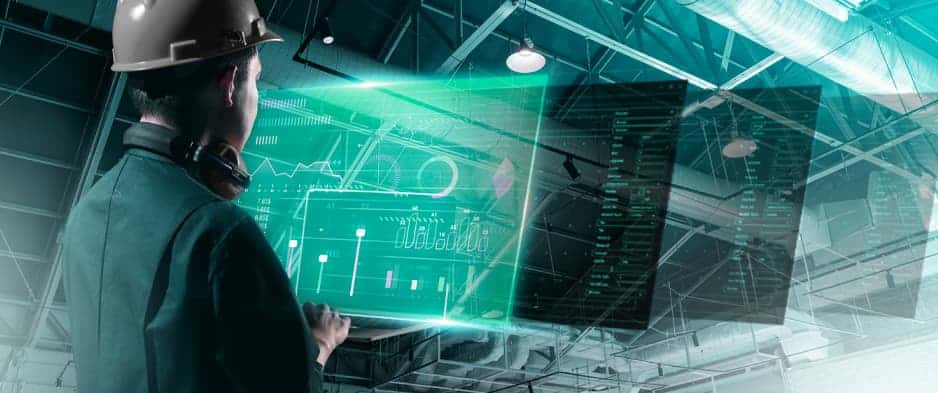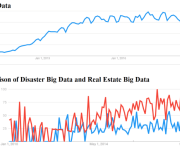Predictive Analytics in Commercial Property Maintenance
Managing commercial properties comes down to maintaining your assets for the long haul and predictive analytics comes in handy for this. This fancy term basically means using data to predict when things need fixing before they break down. But how exactly can predictive analytics save you a lot of headaches and cash, and how can you start using it?
Avoiding unpleasant surprises
So why should you care about predictive analytics in commercial property maintenance? Simple: it saves time and money. Nobody likes last-minute surprises, especially when those surprises cost thousands of pounds. A report from Deloitte highlights that predictive maintenance reduces maintenance costs by 25% and results in 70% fewer breakdowns.
In the world of commercial property, a minor issue can quickly escalate into a major problem if not tackled early. Predictive analytics can catch these issues early, allowing for swift action. By predicting when parts of a building might fail, property managers can schedule repairs proactively and reduce downtime and improve tenant satisfaction.
How it works
It starts with data—lots of it. Sensors installed in various parts of the building collect data on temperature, humidity, pressure, and other factors. This data is fed into a computer system that uses algorithms to predict when things might go wrong. For example, if a sensor detects that a HVAC system is running hotter than usual, the system can flag it for inspection before it completely fails. Software like IBM’s Maximo or Oracle’s Property Manager offers these features, and helps building managers stay on top of maintenance tasks. These tools can also suggest the best times for maintenance, so you’re not wasting resources.
Benefits beyond repairs
Predictive analytics also offers improving the efficiency of commercial building cleaning. Sensors can monitor foot traffic and usage patterns in different areas of the building. For instance, if data shows that the lobby gets the most foot traffic between 8 am and 10 am, you can schedule cleaning services accordingly. This means that high-traffic areas stay clean without wasting resources on less-used parts of the building.
Getting started
So, how do you get started with predictive analytics for your commercial property? Start by assessing what you need. Not every building requires top-of-the-line sensors in every nook and cranny. Identify key areas where predictive maintenance could make the biggest impact. HVAC systems, plumbing, and electrical setups are usually the big hitters.
Next, invest in the right tools. There are numerous software options out there, from IBM’s Maximo to SAP’s Predictive Maintenance. Pick one that suits your needs and budget. These tools often come with easy-to-use dashboards that make it simple to monitor and act on alerts.
All the data in the world won’t help if nobody knows how to use it. Make sure your maintenance crew understands how to read the alerts and take appropriate action. Proper training means that everyone’s on the same page and ready to respond when the system flags an issue.
So start by collecting the right data, investing in good software, and training your team. Before you know it, you’ll be a step ahead, keeping those maintenance nightmares at bay.
























